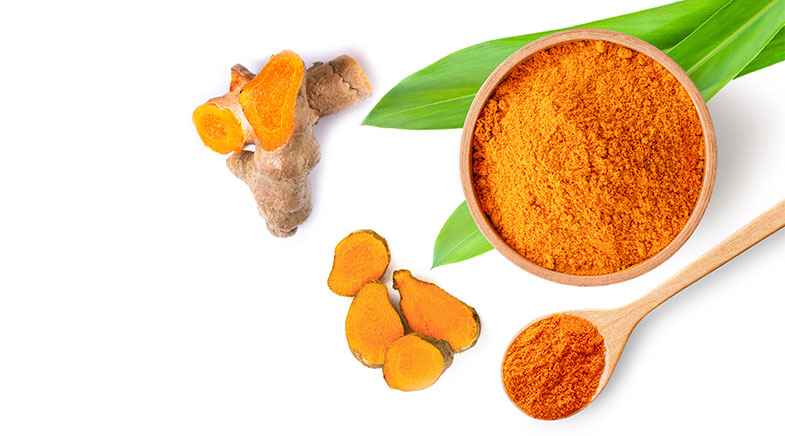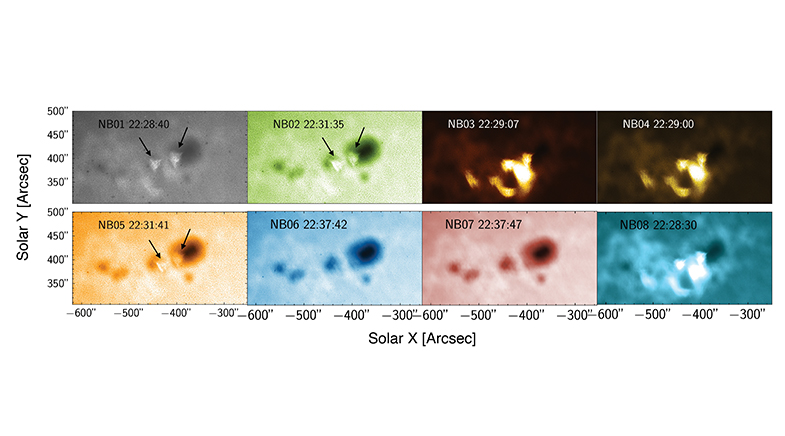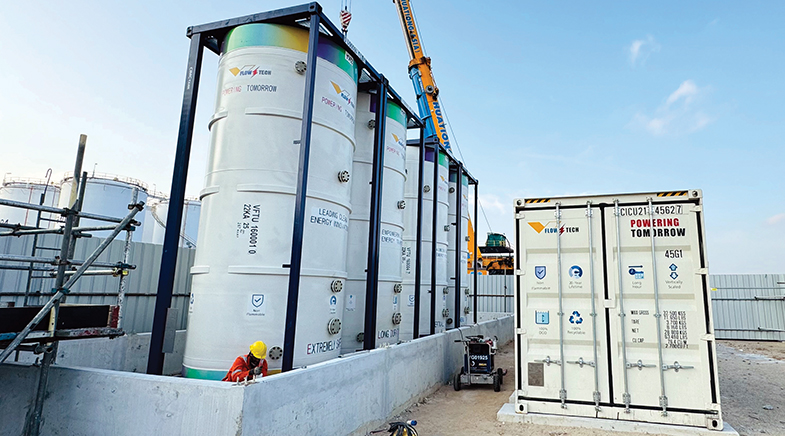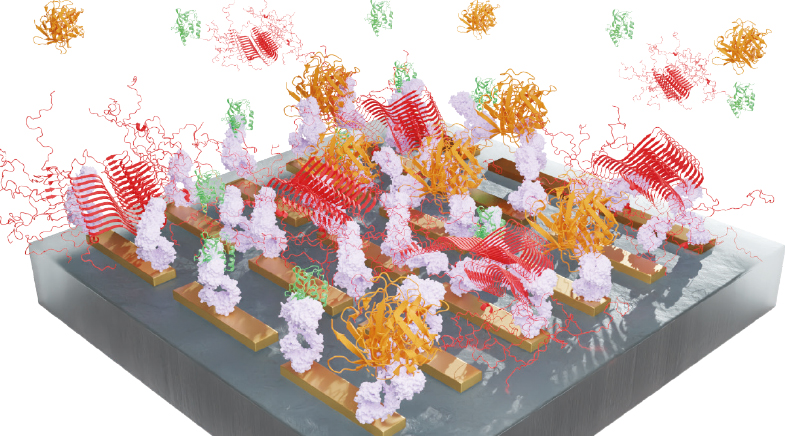Yellow and gold wield magic
-
- from Shaastra :: vol 01 issue 03 :: May - Jun 2022

Turmeric may soon spice up the field of fuel cells. Researchers have found that curcumin, a key biomolecule in turmeric, can be combined with gold nanoparticles to create a catalyst that requires only a hundredth of the energy that others need to convert ethanol into electricity.
Fuel cells — clean, efficient and reliable energy sources that produce an electric current directly from a chemical reaction — are increasingly being used to power vehicles and electronic devices.
These cells normally use hydrogen as a feed source. Hydrogen has to be derived from natural gas and fossil fuels because it occurs naturally on Earth only in compound form with other elements. The necessary extraction adds to costs and the environmental impact.
The safer alternative is the fuel cell that generates electricity from alcohols. But direct alcohol fuel cells (DAFCs) come with the risk of platinum poisoning.
Platinum is widely used as a catalyst in fuel cells, but in DAFC, intermediaries such as carbon monoxide formed during alcohol oxidation reactions bring down the life of platinum catalysts. So, scientists have been working to design catalysts that offer energy efficiency at low operating temperatures, and have low toxicity.
Now, researchers at the Sri Sathya Sai Institute of Higher Learning (SSSIHL), Andhra Pradesh, and Clemson University, U.S., have developed a catalyst using gold nanoparticles. Their study appeared in the journal Nano Energy in April.
Led by Apparao Rao, Professor of Physics at Clemson and Founding Director of the Clemson Nanomaterials Institute, the team deposited gold nanoparticles on the surface of the electrode with curcumin. The electric current required for this was a hundredth of what was needed in previous studies. The scientists found that without the curcumin coating, the nanoparticles clumped together, reducing the surface area exposed to the chemical reaction.
"Without this curcumin coating, the performance is poor," Rao said in a statement. "We need this coating to stabilize and create a porous environment around the nanoparticles, and then they do a super job with alcohol oxidation… The next step is to scale the process up and work with an industrial collaborator..."
Rao's team with SSSIHL is also testing the electrode as a sensor to identify changes in dopamine levels, implicated in several health disorders. When it tested urine samples obtained from healthy volunteers, it could measure dopamine to the approved clinical range with this electrode, using a cost-effective method compared to standard ones in use today, Rao said.
Have a
story idea?
Tell us.
Do you have a recent research paper or an idea for a science/technology-themed article that you'd like to tell us about?
GET IN TOUCH














